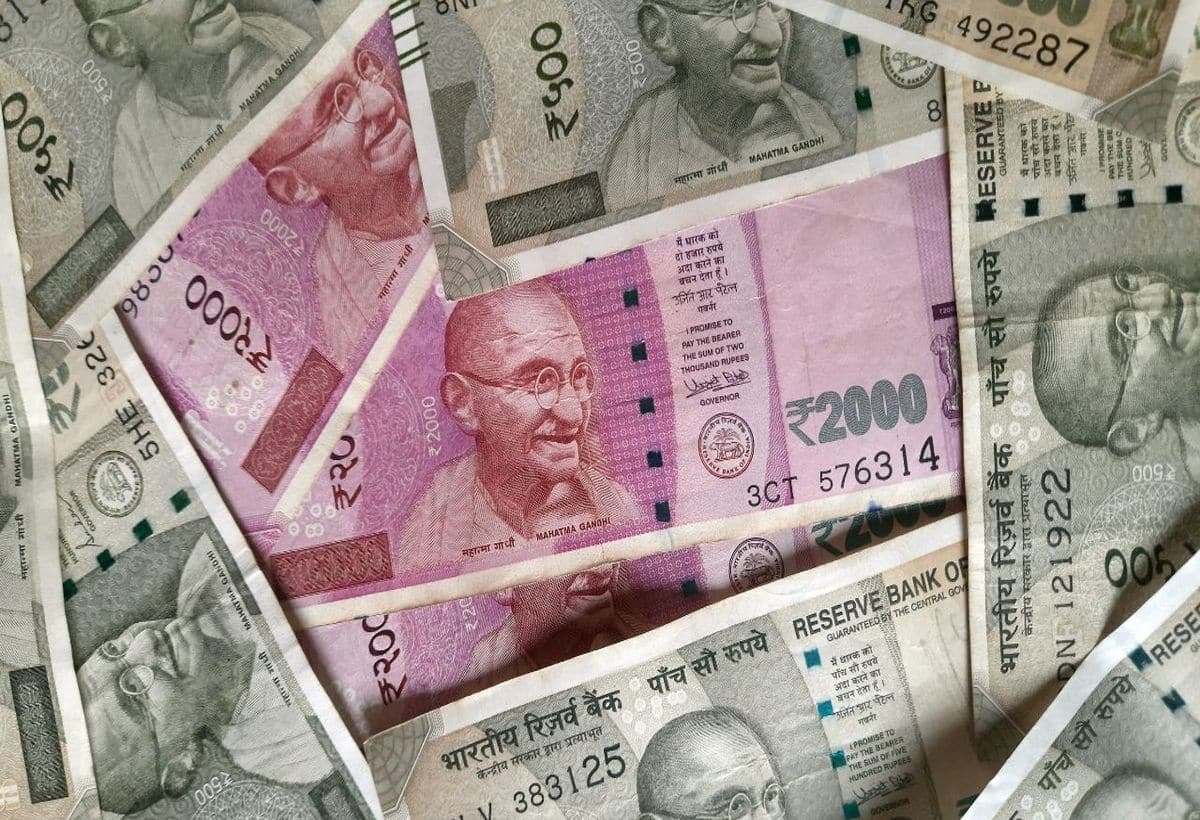The agricultural landscape in India is witnessing rapid growth, with farmers seeking innovative ways to enhance their income. One particularly lucrative option is the cultivation of baby corn, a crop that can be grown multiple times a year and has a high market demand. With its rich nutritional profile, baby corn is sought after not only by consumers but also by five-star hotels, restaurants, and food chains, further solidifying its status as a profitable crop choice.
Overview of Baby Corn Farming
After wheat and rice, corn ranks as one of the most widely cultivated crops in India. Many farmers, especially in northern regions, have successfully integrated baby corn into their farming practices, resulting in substantial annual earnings. This article will explore the process of baby corn farming and the potential profits it can bring.
How Quickly Can Baby Corn Be Harvested?
Baby corn has an impressive growth cycle, taking only 45 to 50 days to reach maturity. Farmers can cultivate this crop throughout the year, as it thrives in various climatic conditions. The immature cobs are harvested when the silk measures between 1 to 3 cm, usually 1-3 days after it appears. Given the possibility of harvesting 3-4 times annually, baby corn presents a highly profitable opportunity for farmers.
Nutritional and Culinary Value
Baby corn is not just a versatile ingredient; it is also packed with carbohydrates, calcium, proteins, and vitamins, making it a healthy addition to any diet. Consumers can enjoy it raw, cooked, or as an ingredient in various dishes such as salads, stir-fries, and various cuisines. The increasing trend towards health-conscious eating further boosts the demand for this crop.
Economic Benefits of Baby Corn Cultivation
Farmers cultivating baby corn experience multiple layers of financial benefits, particularly after the harvesting phase. The leftover plants can be utilized for animal fodder, which can be valuable for livestock. This dual-purpose farming not only generates additional income but also enhances the nutritional intake for livestock, potentially leading to improved milk production.
Cost and Profit Analysis
| Parameter | Details |
|---|---|
| Cost of Cultivation (per acre) | ₹15,000 |
| Potential Earnings (per harvest) | Up to ₹1,00,000 |
| Number of Harvests per Year | 4 |
| Total Earnings (per year) | ₹4,00,000 |
Despite the promising earnings, it is important to note that a systematic supply chain for baby corn sales is still developing. As demand for baby corn is projected to rise, establishing efficient marketing channels will be crucial for success.
Government Support for Baby Corn Farming
The Indian government actively encourages farmers interested in large-scale baby corn cultivation. Financial assistance and loans are available for those facing monetary challenges, and various awareness campaigns are underway to educate farmers about the benefits and methods of baby corn farming. Interested parties can find more information regarding these initiatives through agricultural development agencies.
In conclusion, for farmers looking to enhance their income through innovative farming practices, baby corn offers a compelling opportunity. With its short growth cycle, high nutritional value, and increasing market demand, it has the potential to make a significant financial impact while also improving the agricultural ecosystem in India.












